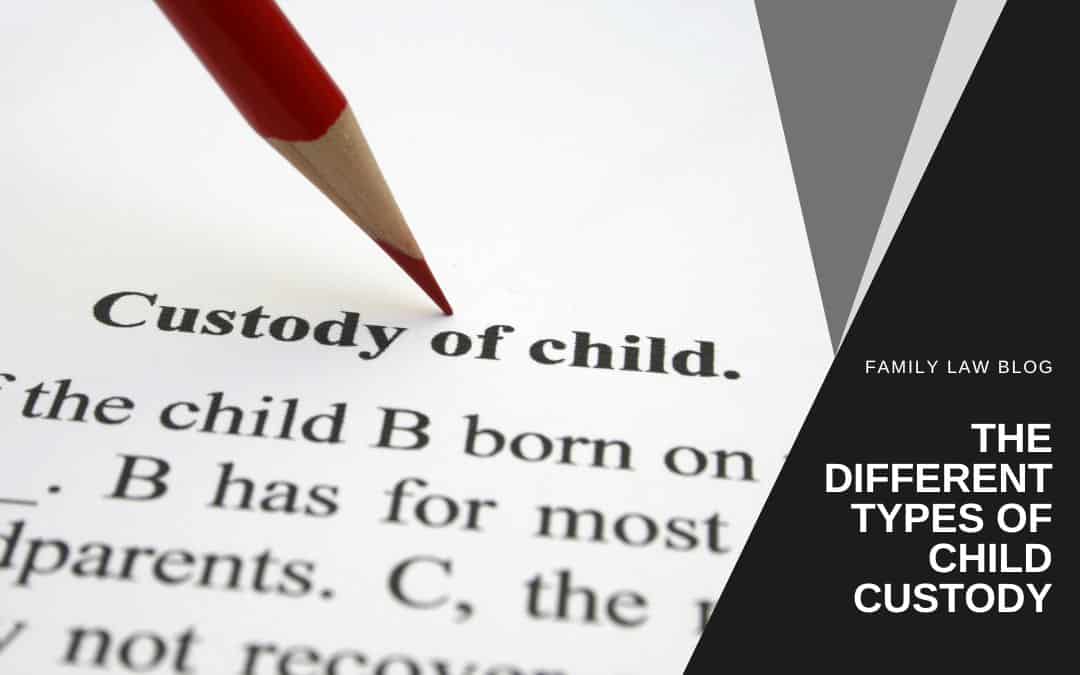There are many different types of child custody arrangements. However, two common types of custody are sole and joint.
Sole Custody
Sole legal custody occurs when only one of the parents has full responsibility for making major decisions for the child, such as medical or school decisions. Even though the other parent does not have a say in major decisions, that parent may still have visitation rights and may have child support responsibilities.
Sole physical custody involves the child living with one parent. However, the other parent typically will still have parenting time with the child.
Sole custody agreements are typically harder to get, as most states prefer to have both parents involved. However, the court may grant sole legal and physical custody when it’s in the child’s best interest, such as if a parent isn’t involved in the child’s life or engages in dangerous, criminal, or abusive behavior.
Joint Custody
In joint legal custody, both parents are involved and work together to make major decisions about the child’s life.
Joint physical custody ensures that the child lives with each parent for set amounts of time. However, the specific time frames and arrangements will vary depending on the parenting plan agreed on by both parties.

